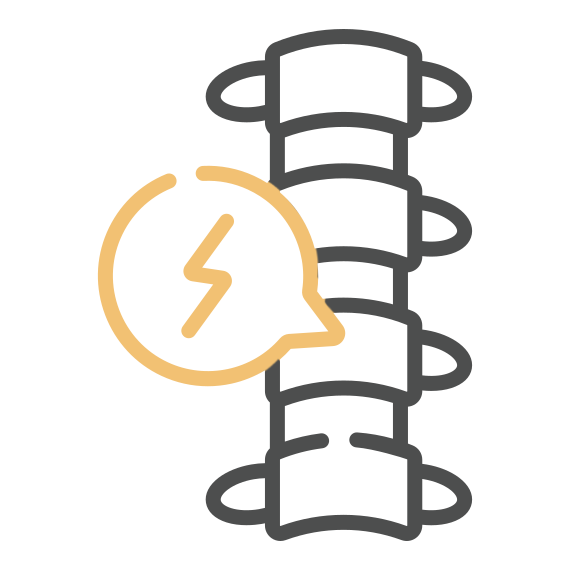Facet Arthritis
Facet arthritis, also known as facet joint osteoarthritis or facet arthropathy, is a condition that involves the inflammation and degeneration of the facet joints in the spine. The facet joints are small, paired joints located between and behind adjacent vertebrae. They play a crucial role in guiding and restricting the movement of the spine. Like other joints in the body, the facet joints can be affected by arthritis over time.
The primary form of arthritis associated with facet joints is osteoarthritis, which is characterized by the gradual breakdown of the cartilage that covers the joint surfaces. As the cartilage wears away, the bones may begin to rub against each other, leading to pain and stiffness. Facet arthritis commonly occurs in the cervical (neck) and lumbar (lower back) regions of the spine.
Common causes and risk factors for facet arthritis include:
- Aging: The natural aging process can contribute to the wear and tear of the facet joints.
- Joint overuse or strain: Repetitive stress or excessive loading of the spine, often due to certain occupations or activities, can accelerate facet joint degeneration.
- Trauma: Previous injuries, such as fractures or dislocations, can increase the risk of facet arthritis.
- Genetic factors: Some individuals may be more predisposed to developing arthritis based on their genetic makeup.
The symptoms of facet arthritis can vary but often include:
- Pain: Typically, the pain is localized to the affected area of the spine and may be aggravated by certain movements or positions.
- Stiffness: Limited range of motion and stiffness in the spine.
- Radiating pain: Pain may radiate into the buttocks, hips, or down the legs if the lumbar spine is affected, or into the shoulders and arms if the cervical spine is affected.
- Muscle spasms: The surrounding muscles may tighten in response to the joint inflammation.


